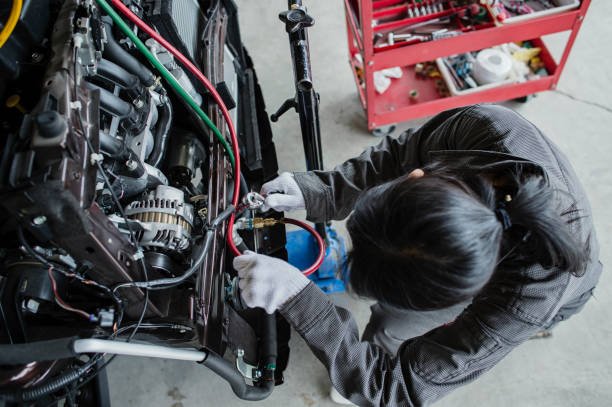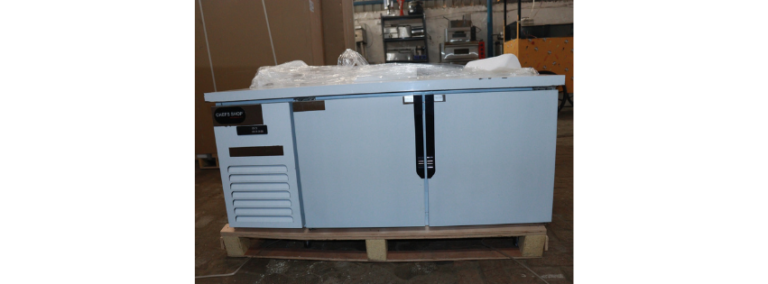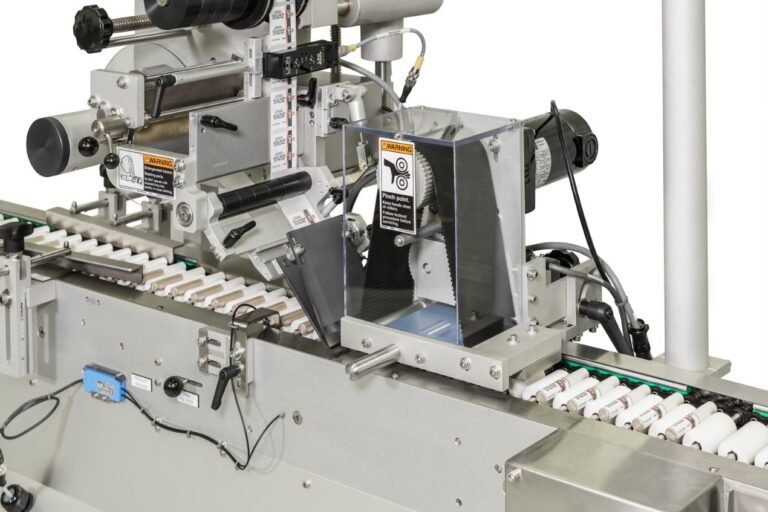Steering and Suspension Repair: Ensuring Smooth and Safe Driving
Steering and suspension systems play a crucial role in your vehicle’s performance, handling, and overall safety. Proper maintenance and repair of these systems can make the difference between a smooth, controlled ride and a bumpy, unstable one. This guide delves into the importance of steering and suspension repair in Detroit MI, the signs of malfunction, and answers some frequently asked questions.
What is a Steering System?
The steering system allows the driver to control the direction of the vehicle. It includes components such as the steering wheel, steering column, and linkages that connect to the wheels. This system ensures that your car responds accurately to your movements on the wheel, providing stability and precision while driving.
What is a Suspension System?
The suspension system consists of springs, shocks, struts, and other components that connect the vehicle to its wheels. This system helps to absorb the impact of road irregularities, ensuring a smooth ride and preventing damage to other parts of the vehicle. The suspension also plays a significant role in handling and braking.
Why Steering and Suspension Repair is Essential
Improved Vehicle Control
A well-maintained steering system ensures that your car responds correctly to your commands. If the steering system fails, you may lose control of the vehicle, leading to dangerous situations.
Enhanced Ride Comfort
The suspension system smooths out bumps and vibrations from the road. When it’s functioning properly, you’ll enjoy a comfortable ride, even on rough terrain.
Safety and Stability
Faulty steering or suspension can lead to poor handling, longer stopping distances, and decreased stability, especially during turns or in emergencies. Proper repair ensures safety for you and other road users.
Preventing Further Damage
Ignoring steering and suspension issues can lead to more serious problems. For example, a worn-out suspension may cause premature tire wear, alignment issues, and damage to other components. Timely repair can save you money in the long run.
Signs That Your Steering or Suspension Needs Repair
Difficulty in Steering
If you notice that the steering wheel is harder to turn or feels loose, there may be a problem with the power steering system or other components.
Vehicle Pulls to One Side
If your car pulls to one side while driving or braking, this could indicate an alignment issue or a problem with the suspension.
Unusual Noises
Clunking, squeaking, or knocking sounds when turning or driving over bumps often point to worn-out suspension parts like shocks or struts.
Excessive Bouncing
If your car continues to bounce after hitting a bump or doesn’t feel stable, your suspension system may need attention.
Uneven Tire Wear
Worn tires can indicate misalignment, poor suspension, or even steering problems. If your tires are wearing out unevenly, it’s a sign that the suspension system isn’t distributing the vehicle’s weight evenly across all tires.
Common Steering and Suspension Repairs
Power Steering Fluid Leaks
Leaking power steering fluid can make steering difficult. A technician will inspect the system for leaks and replace damaged hoses or seals.
Shocks and Struts Replacement
Worn shocks and struts lead to a bumpy ride and decreased vehicle stability. Replacing them ensures better handling and ride comfort.
Ball Joints Repair
Ball joints connect the steering knuckles to the control arms. If these wear out, they can cause excessive play in the steering and uneven tire wear.
Tie Rod End Replacement
Tie rods connect the steering rack to the wheels. If they’re damaged, you may experience steering issues, and they’ll need to be replaced to restore proper handling.
Wheel Alignment
Wheel alignment is essential for steering precision and preventing tire wear. After any steering or suspension repair, technicians typically realign the wheels to ensure everything is in proper working order.
How Often Should You Have Your Steering and Suspension Checked?
Regular inspections are essential for keeping your steering and suspension systems in good condition. Most experts recommend having these systems checked every 12,000 miles or once a year, whichever comes first. However, if you notice any warning signs like those mentioned earlier, it’s important to have your vehicle inspected as soon as possible.
Cost of Steering and Suspension Repair
The cost of repairing your steering and suspension system varies depending on the severity of the issue and the type of vehicle you drive. Minor repairs, such as replacing a tie rod end or performing a wheel alignment, may cost between $100 and $300. However, more extensive repairs, such as replacing shocks, struts, or the power steering system, can range from $500 to over $1,500.
How to Prevent Steering and Suspension Problems
Regular Maintenance
Follow your vehicle’s maintenance schedule, especially when it comes to wheel alignments and tire rotations. This will help ensure that your steering and suspension systems are functioning properly.
Drive Carefully
Avoid driving over potholes, speed bumps, and other road hazards at high speeds, as these can cause damage to your suspension system over time.
Inspect for Leaks
Check regularly for power steering fluid leaks. Low fluid levels can damage the power steering pump and other components.
FAQs
What happens if I ignore steering and suspension issues?
Ignoring these issues can lead to more severe problems, such as loss of control, uneven tire wear, and damage to other components like the brakes and wheels.
Can I drive with a bad suspension?
Driving with a faulty suspension is unsafe. It can lead to poor vehicle control, increased stopping distances, and uneven tire wear. It’s best to address suspension issues as soon as they arise.
How long do shocks and struts last?
Shocks and struts typically last between 50,000 and 100,000 miles, but their lifespan can vary depending on driving conditions and maintenance habits.
What causes steering problems?
Steering problems can be caused by various factors, including low power steering fluid, worn-out tie rods, or a faulty steering rack.
How do I know if my alignment is off?
If your vehicle pulls to one side, your steering wheel is off-center, or your tires wear unevenly, you may need a wheel alignment.
Conclusion
Professional steering and suspension repairs are vital for ensuring your vehicle’s safety, handling, and comfort. Regular maintenance, prompt attention to warning signs, and careful driving can help prolong the life of these systems. If you experience any steering or suspension issues, it’s important to have them inspected and repaired by a qualified technician to avoid further complications.






